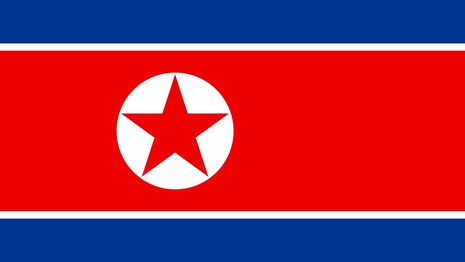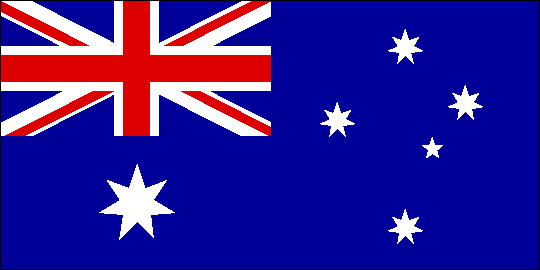
Republic of Turkey
2013: Protests in Turkey against the Turkish government end on September 24 when plans to demolish Taksim Gezi Park were ended. Crowds of Turks cheer for the government for sparing the park. The planned residence and shopping mall are built elsewhere. Turkish support for the Syrian Rebels increases, as does Turkey's involvement on issues in the Middle East. The Turks condemn any new development of nuclear weapons in the Middle East.
2014: Clashes between Kurds and Turkish police increase, thus military and security spending increases. Turkey develops better soldiers and a larger airforce, including missile weapons such as SAMs and ballistic missiles. Turkey ends all major attempts to join the EU and starts economic programs to improve the Turkish economy. Turkey moves to improve relations with the United States so Turkey may develop as a strong NATO ally.
2015: The Justice and Development Party win the 2015 elections and announce new tolerable policies on the Kurds, allowing Kurds to be able to have more rights in Turkey. The Turkish-Kurdish problem is largely calmed and much fighting between Kurds and Turks has ended.
2016: Turkey develops economically, thus the Turks never join the EU. A non-nuclear policy is officially issued by the Turkish government, which become popular with the Turkish people and the international community. The Turks now openly engage in many Middle Eastern issues so stability in the region is ensured.
2017: Turkish development on the economy continues. Turkey diplomatically drifts away from Europe and appeals more directly to other Turkish allies such as US and Israel. Continuing Pro-Kurdish policies help Turkey's image among the Kurds, as many clashes among Kurds and Turks have now ceased.
2018: Funds for the Turkish military now increases, now for an improved navy. Popularity for the Justice and Development Party rises as Turkey continues to grow into a economically power. The Justice and Development Party announces new industrious projects for the future.
2019: The Justice and Development Party win the elections by a majority, and new industrial programs are enforced by the Turkish government. Turkey is now a mild world economic power with an popular government, Turkey remains a watchful military power in the Middle East and is friendly with the US and Israel, but retains a somewhat neutral stance with the Arab states.
Last edited:









